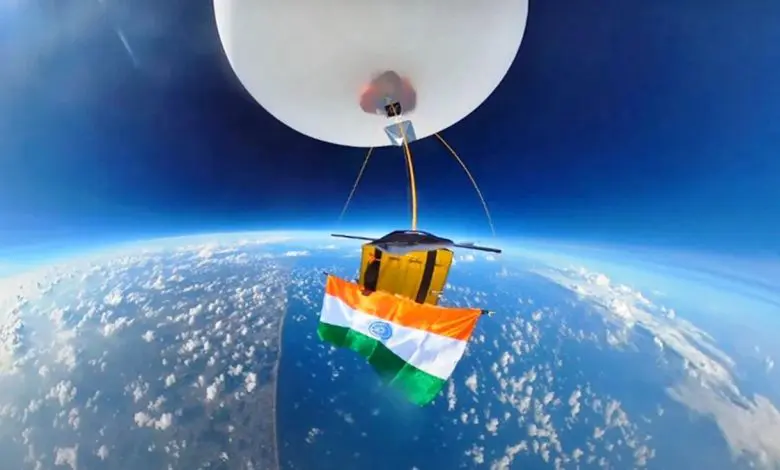
Young people are indispensable for India’s future in every field, including space. Over 70 percent of our population is under 40 years of age, so naturally, they are the guides on the path to a developed India. In space, young people have an advantage due to the need for physical and mental adaptability. For example, among the four astronauts trained for Gaganyaan, Shubhanshu was the youngest, and this proved beneficial.
The Union Minister of State for Science and Technology stated that Gaganyaan will prove to be a significant milestone in fulfilling India’s space aspirations, reaffirming its human spaceflight capabilities and enhancing scientific knowledge, including applications beneficial for Earth.
Q: What will be the biggest outcome of Gaganyaan for India’s space future?
A: India’s rise in the space sector has already occurred and is globally recognized. We are no longer mere followers but equal partners in international collaboration. The Gaganyaan mission will symbolize another decisive turning point. It will not only reaffirm India’s capabilities in human spaceflight but also enhance our scientific knowledge.
Along with experiments on microgravity, agriculture, and life sciences conducted by astronaut Shubhanshu Shukla on the International Space Station, this mission will provide information about applications on Earth. It will establish India as a leading country in space exploration, while we continue to use space technology for infrastructure, development, and improving life.
Q: With the arrival of young astronauts like Shukla, how crucial is the role of youth in shaping our human space travel?
A: Young people are indispensable for India’s future in every field, including space. Over 70 percent of our population is under 40 years of age, so naturally, they are the guides on the path to a developed India. In space, young people have an advantage due to the need for physical and mental adaptability.
For example, among the four astronauts trained for Gaganyaan, Shubhanshu was the youngest, and this proved beneficial. Space missions require rapid adaptation, which young people can handle more efficiently.
Q: Do you think Gaganyaan will open doors of opportunity for scientists, engineers, and female astronauts?
A: Absolutely. In space science, there is no distinction between men and women. When the Prime Minister first announced Gaganyaan on August 15, 2018, he said that a son or daughter of India would go to space. Currently, the four selected astronauts are men from the Air Force, primarily due to their advanced training.
But in the future, astronauts from outside the Air Force will also be included, including women. Globally, women have been pioneers in space exploration. In India too, many ISRO projects have been led by female scientists, whether it’s Chandrayaan, Aditya, or others.






